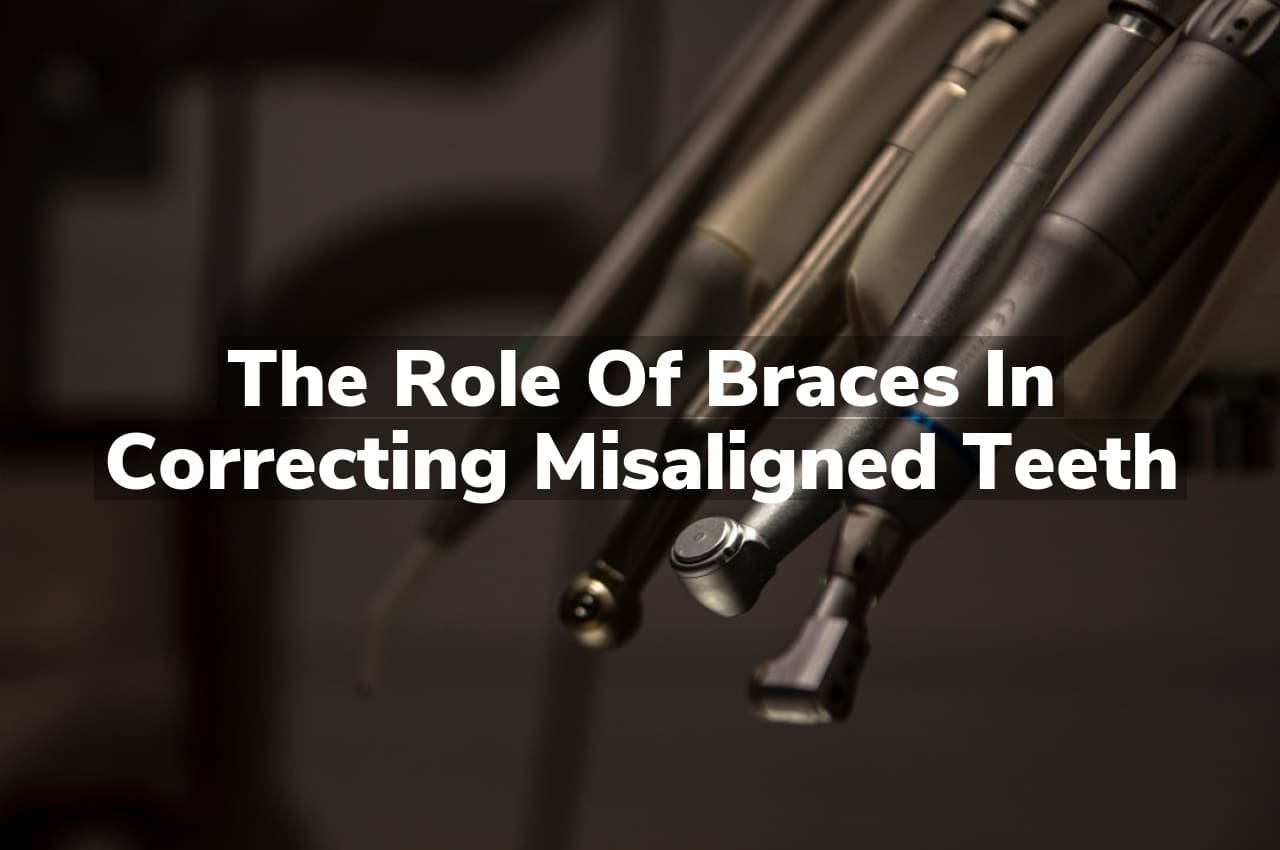Have you ever wondered how braces work to straighten misaligned teeth? Braces apply continuous pressure over time to slowly move teeth into the desired position, correcting misalignments and improving oral health. This process not only enhances the appearance of one’s smile but also contributes to better chewing function and overall dental well-being.
Understanding Teeth Misalignment Causes
Teeth misalignment, also known as malocclusion, can arise from a variety of factors, each playing a significant role in the development of one’s dental structure. Genetics often plays a primary role, with many individuals inheriting jaw and teeth sizes that contribute to overcrowding or irregular spacing. Beyond hereditary influences, habits from childhood such as thumb sucking, prolonged use of a pacifier, or improper swallowing can exert undue pressure on teeth, leading them to shift out of place. It’s crucial to recognize these causes as understanding them is the first step towards addressing dental misalignment.
Environmental factors and accidents also contribute to teeth misalignment. An unexpected impact to the mouth, for instance, can dislodge teeth, while certain health conditions and treatments might alter the structure or growth pattern of the jaw and teeth. While braces are a common solution for correcting misaligned teeth, it’s important to consider all aspects of dental health. For example, exploring The Benefits of Getting Dental Crowns on Front Teeth can provide insights into other dental correction methods that might be necessary in conjunction with or as an alternative to braces, depending on the specific dental issues at hand.
Types of Braces Available
Braces have long been a cornerstone in the field of orthodontics for correcting misaligned teeth. They work by applying continuous pressure over a period of time to slowly move teeth in a specific direction. As technology and dental practices have evolved, so have the types of braces available to patients. Traditional metal braces, made of high-grade stainless steel, are the most recognized type and have been used for decades to straighten teeth. Ceramic braces offer a less noticeable alternative, with brackets made to match the color of your teeth. Lingual braces, which are placed behind the teeth, and clear aligners, a series of invisible, removable trays that adjust teeth positioning over time, represent more recent advancements in orthodontic options. Each type of braces has its own set of advantages, catering to different preferences and orthodontic needs.
Choosing the right type of braces is a decision that should be made with the guidance of a professional. While the aesthetic and comfort considerations are significant, the effectiveness of the treatment for your specific dental alignment issues is paramount.
The Process of Teeth Realignment
The process of teeth realignment is a comprehensive approach aimed at correcting misaligned teeth to improve oral health and aesthetics. This procedure typically involves the gradual shifting of teeth into their correct positions over time. It is a carefully monitored process that ensures the movement of teeth is both safe and effective, addressing issues such as overcrowding, gaps, and improper bites. The journey towards achieving a well-aligned set of teeth can vary in duration depending on individual cases, but it fundamentally revolves around the principle of applying consistent pressure to the teeth to guide them into alignment. This process not only contributes to a more appealing smile but also plays a crucial role in enhancing overall dental health.
Duration of Treatment with Braces
The duration of treatment with braces can vary significantly depending on several factors, including the severity of the misalignment, the type of braces used, and the patient’s adherence to their orthodontist’s guidance. Generally, patients might wear braces anywhere from 18 months to 3 years. However, it’s essential to have a personalized consultation to get an accurate estimate for your specific situation. Regular check-ups and adjustments are crucial to the process, ensuring that the teeth move correctly and efficiently towards their desired positions. For those considering braces in the area, South Cary Dental is a reputable Cary Dentist known for its comprehensive dental services.
Impact on Oral Health Maintenance
The role of braces in correcting misaligned teeth extends beyond just achieving a straighter smile; it significantly impacts oral health maintenance. Misaligned or crowded teeth can create hard-to-reach areas, making it challenging to effectively remove plaque and food particles. This can lead to an increased risk of dental issues such as cavities and gum disease. By aligning the teeth, braces help in evenly distributing the pressure during biting and chewing, which is crucial for the long-term health of teeth and gums. Moreover, properly aligned teeth are easier to clean and floss, contributing to overall better oral hygiene and health.
Conclusion
For further insights and experiences, feel free to read reviews on Google Maps. Ready to learn more? Call us now at (919) 866-3200.

